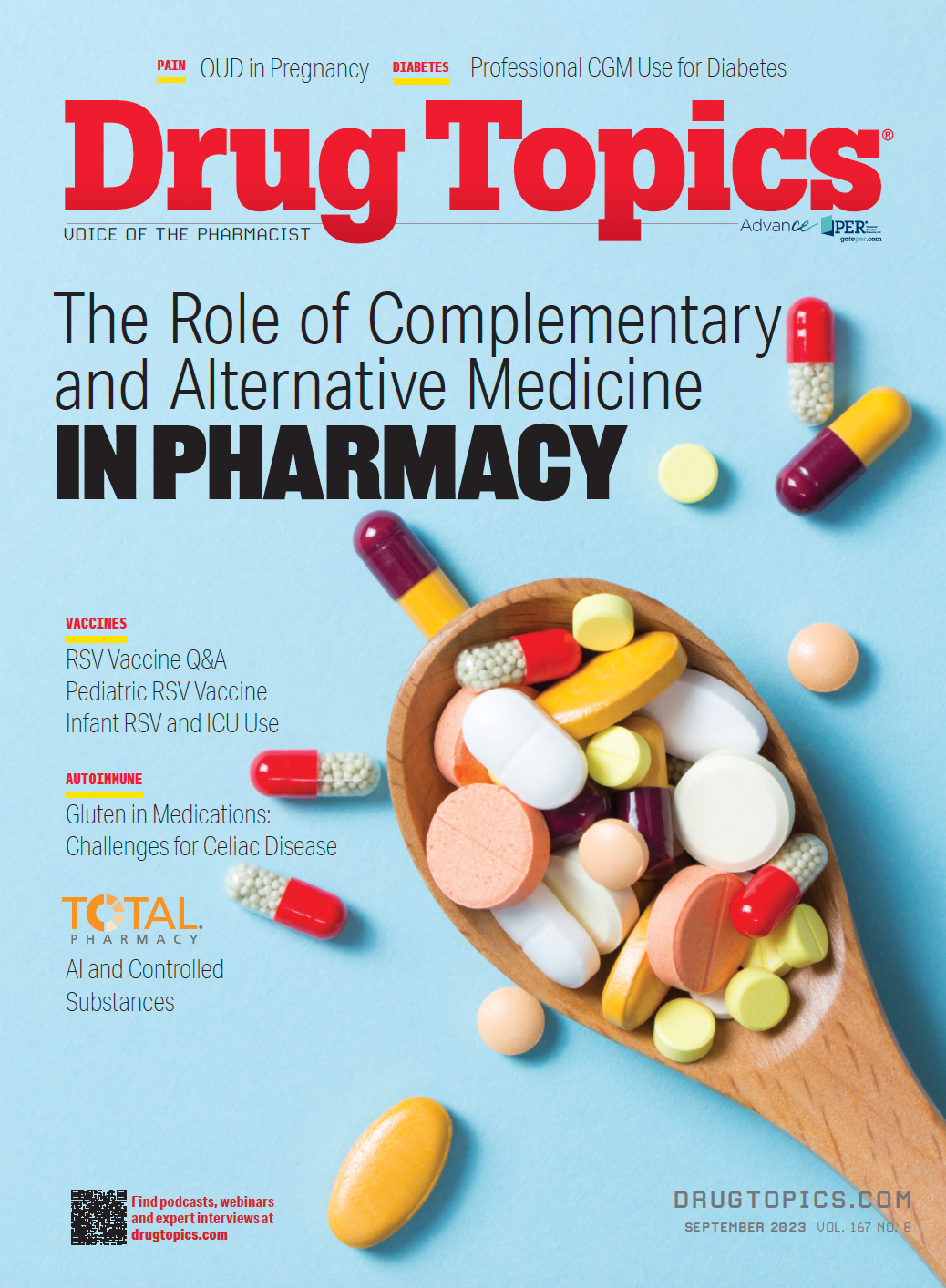How AI Can Improve Controlled Substance Security
Each year, drug diversion is estimated to cost the US health care system an estimated $70 billion. Outside of these costs, drug diversion poses a significant risk to patient safety and patient’s communities.
Compared with manual methods used to identify drug diversion, which can be slow to use and slower to uncover patterns in prescribing and administration, artificial intelligence (AI) can employ predictive analytics to rapidly and accurately identify behavioral patterns that are red flags for the diversion of controlled substances and other drugs.
Machine learning models can also identify patients at risk of drug diversion based on their prescription history and other factors, and AI-powered inventory management systems can help maintain accurate counts of controlled substances and flag discrepancies faster, minimizing opportunities for diversion.
Anthony Buzzetta, CEO & Founder of G TIER, an AI technology company that specializes in working in the health care and pharmacy spaces, explained that AI technology can minimize challenges associated with controlled substances by providing real-time monitoring, improving accountability, and enhancing overall security measures.
However, pharmacies using AI tools need to carefully think about how best to use technology when managing controlled substances.
“From detecting early signs of diversion through predictive analytics models to developing automated workflow processes that help pharmacies regulate inventory levels and automate reports efficiently without causing disruption or compromising quality assurance procedures,” he said. “If done correctly, implementing intelligent systems will result in improved compliance measures related to controlled substance management. Also, it could provide enhanced patient safety and privacy protections within a pharmacist’s day-to-day operations.”
An AI model can be trained to identify what “regular” or “normal” usage looks like with any medication, including controlled substances; once trained, the AI platform can then identify deviations from the norm. In the scope of controlled substances, this would identify potential cases of drug diversion if leveraged appropriately. If the data model is appropriately sized, pharmacists could also detect deviations at any stage of diversion to help limit its proliferation and impact.
Among the metrics that can be detected are individuals who may be diverting or abusing controlled substances; prescribers or dispensers who are inappropriately prescribing; anomalies in inventory data; and high-risk patients for early intervention.
Crystal Riggs, PharmD, senior vice president of pharmacy services at Curative, an employer-based health insurer based in Texas, noted that AI will most definitely be used by independent pharmacies more in the future to assist with modeling and predictive tools to manage controlled substances.
“This can aid with a lessening of drug diversion, overprescribing, and better management of controlled substances,” she said. “Pharmacies and pharmacists will be better equipped on how to combat the opioid crisis, increased ADHD medication prescribing, benzodiazepine utilization in the elderly, and several other issues stemming from controlled substances. AI will also alleviate constraints on resource allocation, as access will be available for all parties who are involved with the care of the patient. The opioid epidemic affected rural areas drastically and having access to AI tools will help those involved in the care of those affected.”
Some of the other ways AI can be utilized is by enhancing surveillance systems, which monitor prescriptions and flag any unusual activities such as rapid increases in prescription quantities or high-risk combinations of drugs; patient profiling, as AI can help pharmacies build profiles of their patients based on past prescriptions and behaviors. This could help identify patients who are at risk of substance abuse or diversion; and AI algorithms can optimize the management of controlled substances inventory, minimizing the chances of theft or diversion.
Furthermore, AI integration within pharmacy can promote efficiency in controlled substance auditing. For instance, without AI, a controlled substance audit of 5% of controlled substance fills may take upwards of several hours; however, AI-backed software systems can provide a complete audit of these administrations in significantly less time. This is because AI systems can provide a significantly quicker analysis of data as compared to humans.
AI will also provide real-time alerts when a patient’s prescription order is out of the ordinary, allowing pharmacists to take preventive action before a medication is dispensed. Moreover, AI can be used to track controlled substances throughout the supply chain and detect any discrepancies in order tracking that could indicate theft or diversion.

Newsletter
Pharmacy practice is always changing. Stay ahead of the curve with the Drug Topics newsletter and get the latest drug information, industry trends, and patient care tips.